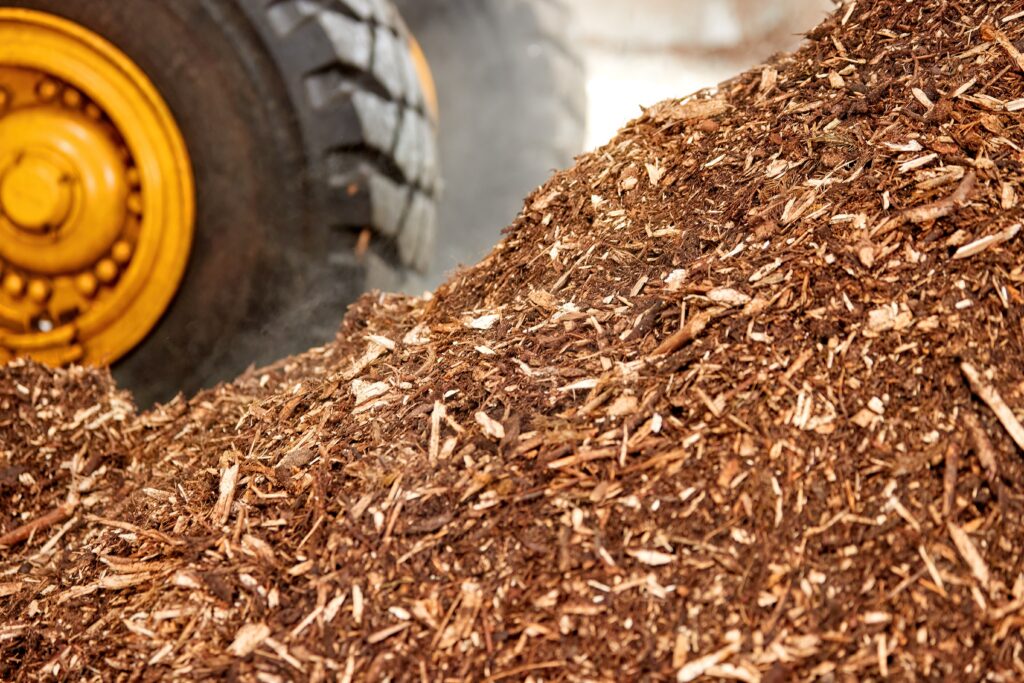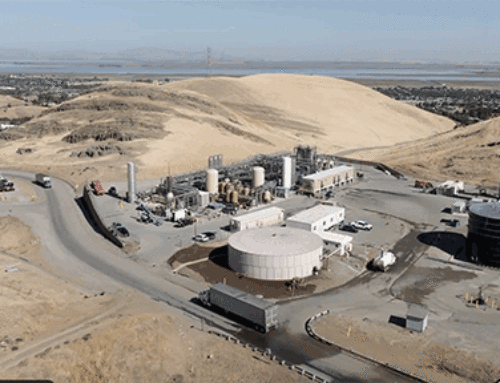Biomass Project in Colusa County Seeks to Bolster Clean Energy and Economic Development
October 2, 2024

CA FWD’s Voices of Shared Prosperity blog series amplifies the stories of Californians who are committing their time and talent to solutions that embrace equity, environmental sustainability, and economic opportunity.
This year, we’re highlighting leaders who are making a difference in the greater Sacramento region, leading up to the 2024 California Economic Summit taking place in Sacramento on October 8-10.
As California strives to meet its goal of 100 percent clean energy by 2045, Colusa County is doing its part to make that goal a reality. The County is developing several clean energy projects that will not only transform the region’s agriculture industry, but also create good paying jobs for its residents. Situated in the northern Sacramento Valley, Colusa County has a population of 21,000 and is an agricultural-based economy growing rice, tomatoes, almonds and many other crops.
“Colusa County is one of those small rural counties that kind of gets left behind within the Sacramento region in terms of funding,” said David Spaur, who works with a team of experts including David Little from the North Valley Community Foundation, Lauren Wong, CEO of Tri-Counties Community Action Partnership and Jody Samons of EB3 Development. They are tasked with identifying potential clean and renewable energy projects for Valley Vision that can be funded through California Jobs First. “These players are so good at what they do, they are community minded people who want to give and want to help.”
As they started their search, they found some projects well underway, and some in the developmental stage. And, through their research, they learned that clean energy is top of mind at the region’s County and City levels.
The team works closely with County officials, including the Agricultural Commissioner and Air Resources District Manager Anastacia Allen who sees a future where Colusa County can be the first clean energy county for agriculture in the State. One focus is on producing energy using by-products from agriculture. “We used to call that ‘ag-waste,’” said Spaur. “But now it’s called ‘ag-resource.’ What can we do to use these ag resources such as rice hulls and almond hulls? They can go into biomass.” Each year, California produces 800,000 metric tons of almond shells and 400,000 tons of rice hulls – the rice hulls alone can be converted into enough biofuel to generate electricity for about 22,000 homes without soil or air pollution.
The County is in the final approval process and has received federal carbon offset credits for a biomass production facility at the former Olam Tomato processing plant in Williams. Additionally, a by-product of biomass production is hydrogen. “If we had hydrogen,” Spaur notes, “we could get our ag equipment off of diesel fuel and move them into hydrogen fuel.” He added that could lead to creating a hydrogen fueling station and eventually power entire fleets of vehicles using hydrogen. An added benefit of transforming the facility from agricultural to biofuel processing is employment opportunities for the community. When the tomato processing plant closed, 270 jobs were lost. The new biomass plant will operate daily with a dedicated staff working at the plant. Other jobs created will be in the agriculture and transportation sectors to support the plant’s operations.
The City of Colusa is also contributing to the region’s clean energy evolution by creating a biomass plan plant in the Colusa Industrial Park. The goal is to have the entire City use renewable power within ten years as well as generate revenue. The City has pledged to create an electric utility company and through a power purchase agreement, provide energy to the industrial park as well as sell electricity to PGE. Spaur adds, “They will create a micro-grid and will be able to power the City off of the electricity that’s produced.”
The team reviews potential projects, they realized that the development time and cost may make some projects ineligible for California First Funding. “But let’s look at Federal financing programs, the EDA (Economic Development Administration), Federal financing through the USDA, Community Development Block Grants and others to see if we can piece some projects and financing together,” Spaur explained. “We know we can deliver a list of projects that can create jobs, help diversify the economy and update the comprehensive economic development strategy.” One potential project they may recommend is a hydrogen fueling station in Williams at Interstate 5 and Highway 20.
Spaur, an area native, is encouraged by the work and planning currently taking place to create a clean energy future in the region. “Colusa County is doing it through ag innovation,” he said. “Their thought is we move forward and are aggressively working in the energy field to not look at things as ag-waste, but as ag-resource.”
You can learn more about this and other regional work taking place around the state at the California Economic Summit October 8-10 in Sacramento—register here!
Search
RECENT PRESS RELEASES
Related Post




